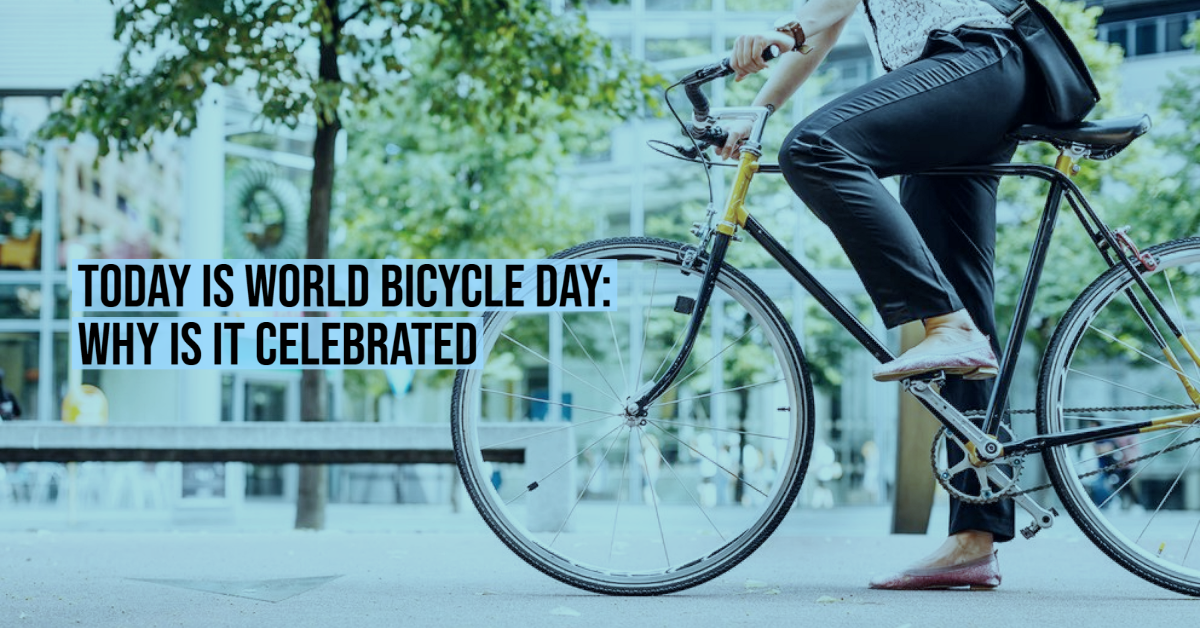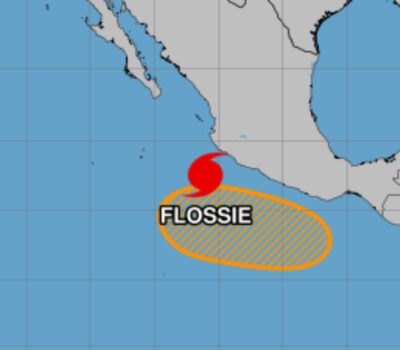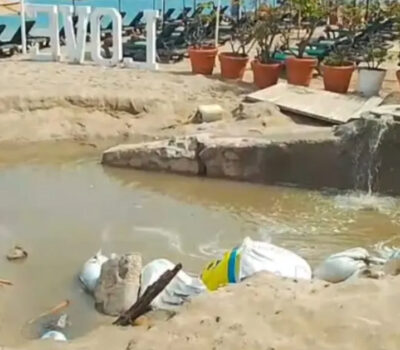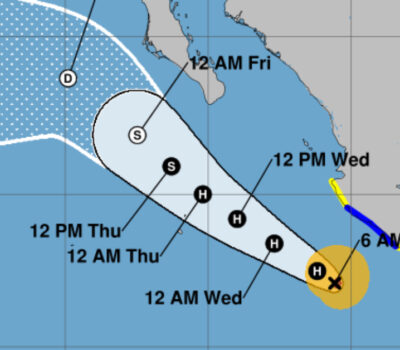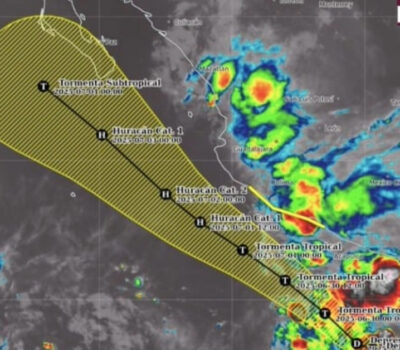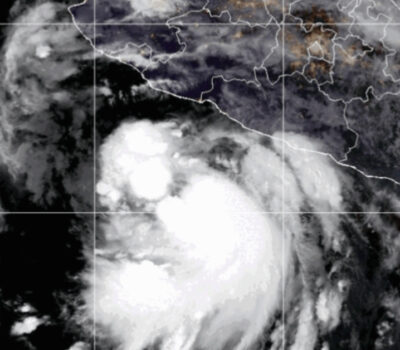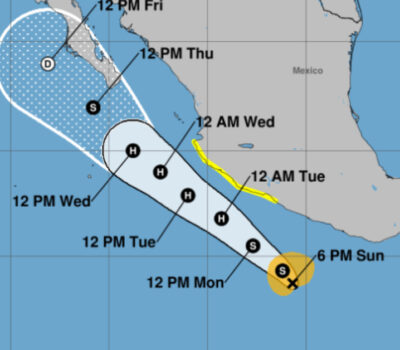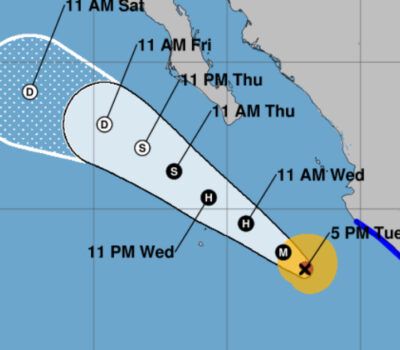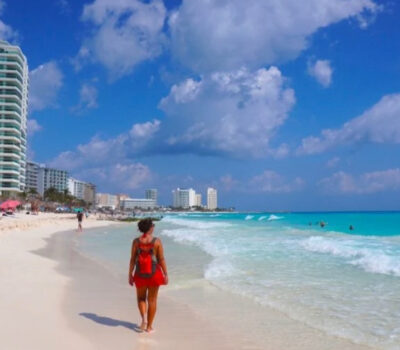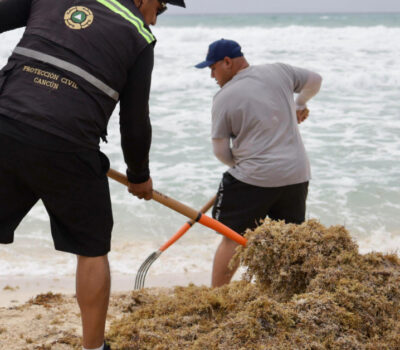In recognition of the uniqueness, longevity, and versatility of the bicycle, which has been in use for two centuries, and is a sustainable, simple, accessible, reliable, clean, and ecological means of transport that contributes to environmental management and benefits health, the General Assembly of the United Nations (UN) decided to declare the June 3 as World Bicycle Day.
One of the main promoters of this initiative was the Polish-American sociologist Leszek Sibilsk, who led a campaign to establish World Bicycle Day with the U.N.
Born in 1958 in Jarocin, Poland, Sibilski trained in track cycling between 1971 and 1983. He was a junior national champion in sprint as well as the 500 and 1000 meter distances and was a member of a national team in Poland. In 1976, he was elected Cyclist of the Year by the Polish Olympic Committee and, although he did not continue his professional career, he remained active in promoting the sport. He was especially dedicated to improving the situation of athletes with disabilities in developing countries and the participation of minorities in sport. He participated in the torch relay for the 2010 Paralympic Winter Games.
In 2015, with the publication of an article entitled Cycling is everyone’s business, Sibilski started a grassroots campaign to establish a bicycle day. It received formal support from the Representation of Turkmenistan to the United Nations. On April 12, 2018, the resolution establishing June 3 as World Bicycle Day was supported by 193 countries, of which 56 were co-sponsors.
The resolution seeks to highlight and promote the use of bicycles as a means of fostering sustainable development, reinforcing the education of children and young people, including physical education, promoting health, preventing diseases, fostering tolerance, understanding, and respect, and facilitate social inclusion and a culture of peace.
The UN document indicates, among other points, that member states are encouraged to give special attention to the bicycle in intersectoral development strategies and to include it in international and regional development policies and programs, national and sub-national , as appropriate; to adopt best practices and means to promote cycling among all members of society, including initiatives aimed at organizing bicycle rallies at the national and local levels as a means of strengthening physical and mental health and well-being and developing a bicycle culture in society; to improve road safety and integrate it into the planning and design of sustainable mobility and transport infrastructures, in particular through the adoption of policies and measures aimed at protecting and actively promoting pedestrian safety and bicycle mobility, with a view to obtaining broader health outcomes, in particular the prevention of injuries and non-communicable diseases.
According to the World Health Organization (WHO), offering a safe infrastructure for physical activities, such as cycling, is the way to achieve greater equity in health. For the poorest urban sectors, who cannot afford their own vehicles, the bicycle can become their means of transport. At the same time, they can reduce the risk of heart disease, stroke, certain types of cancer, and diabetes.
Physical exercise with the use of bicycles helps protect joints and burn calories, fights back pain, strengthens the immune system, and reduces cortisol levels, a hormone linked to stress.
Meeting the needs of urban cyclists and pedestrians, therefore, remains crucial to solving the mobility problems of cities, mitigating the increase in greenhouse gas emissions due to population growth, and improving the quality of traffic, air, and road safety.
Bicycle Tours: The Best Way to Discover the Riviera Nayarit
Ever since the outbreak of the COVID-19 pandemic, travelers who want to revisit destinations all over the world have a greater appreciation for “green cities.” They are looking for outdoor spaces and activities, something that the Riviera Nayarit offers its visitors right at its gateway: Nuevo Vallarta.
The Fraccionamiento Nautico Turístico is a sustainable micro-destination with an EarthCheck certification. It spares no effort offering choices to its visitors: jogging, rollerblading, and biking are very popular among tourists and locals alike, who encounter diverse vegetation and beautiful birds along the way.
Currently, visitors can tour Nuevo Vallarta by way of its avenues, walkways, and navigable canals. One of the highlights is the Ciclovía, or Bikeway, which crosses the subdivision from south to north and has become yet another recreational attraction.
The recreational area extends for 3 km and runs along Paseo de los Cocoteros Avenue, a few meters from the beach. It then connects with the walkway of the Maestro Flamingos Condominium and extends another 3.5 km to Federal Highway 200.
The route runs through the entire hotel zone. It is an excellent option to explore the most important points within Nuevo Vallarta, including the large resorts, the FIBBA beach club, the Business Center, the Paradise Village shopping mall, the restaurant zone, the Nuevo Vallarta Marina, and the Paradise Village Marina, among others.
Tourists, locals, and the cycling community are looking for safety, something that the Ciclovía provides thanks to the right road and traffic signs. Some hotels offer loaner bicycles to their guests to encourage sustainable mobility, sports, and outdoor activities.
It is also well known that Americans and Canadians love jogging, so they will not have to worry about where to go when they visit this tourist destination. Even the locals have turned the Ciclovía into an ideal spot to run, train, and prepare for sports competitions.
There is no doubt that bike tours in the Riviera Nayarit are an excellent experience that you simply must enjoy if you visit this idyllic tourist destination. Don’t stay bored in your hotel room. Go out, explore, and tour Nuevo Vallarta by bike—some companies can rent you a bike by the hour or by the day so you can go on this adventure.
In recognition of the uniqueness, longevity, and versatility of the bicycle, which has been in use for two centuries, and is a sustainable, simple . . .

